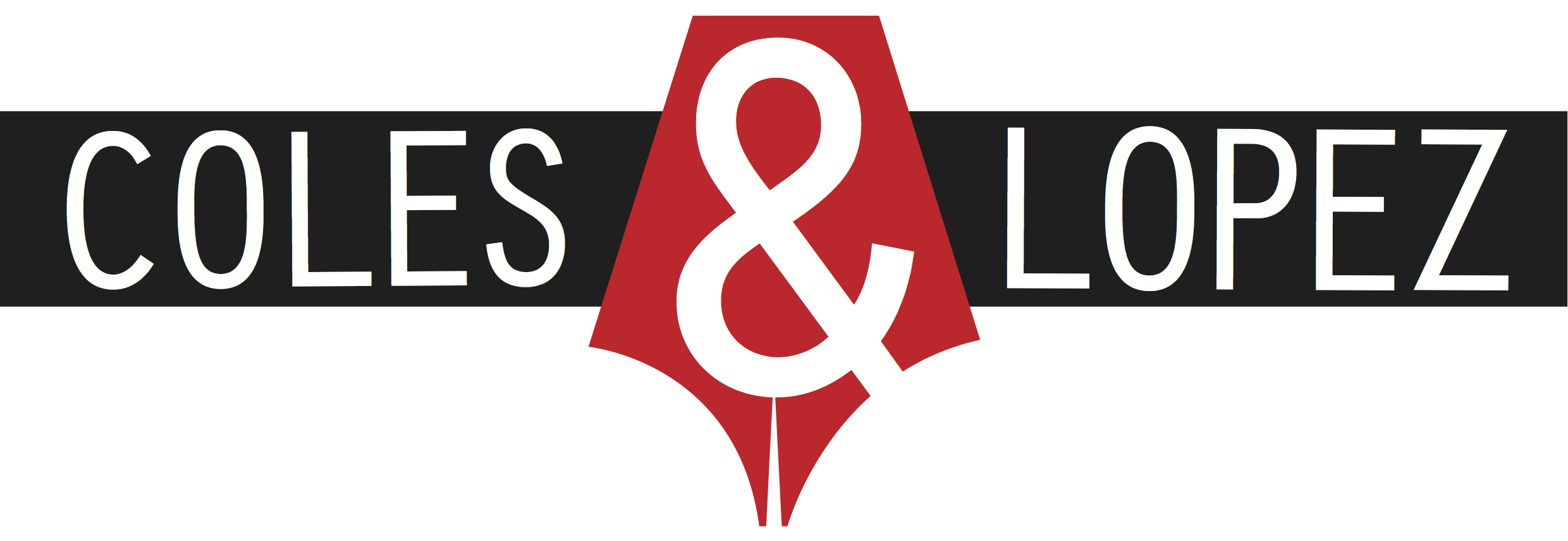The Kind Worth Killing
A lightweight but addictive crime thriller.
Peter Swanson’s second novel begins with the chance (or is it?) meeting of Ted, a dot-com millionaire, and Lily, a preternaturally beautiful archivist, in an airport bar. Ted has just discovered that his wife, Miranda – who is also preternaturally beautiful, funnily enough – has been cheating on him with their building contractor, Brad.
After a couple of martinis, Ted admits that he wants to kill Miranda. Lily offers to help him, ostensibly because of her belief that life isn’t as intrinsically valuable as we humans think it is, and people who do bad things deserve to die. They are “the kind worth killing”.
Of course, Lily’s motivation is not entirely philosophical, and Miranda and Brad have their own secrets. Swanson takes us through a series of twists, turns and double-, triple- and quadruple-crosses, with plenty of bloodshed for good measure.
He breaks with the conventions of plot structure in a way I’ve never encountered before. I can’t say more without spoilers, but just know that something happens halfway through the book that never happens halfway through a book. It’s a risky move, but I think it makes The Kind Worth Killing much more interesting than it would have been otherwise.
I found Swanson’s novel unpredictable and unputdownable, two things that are incredibly hard for a writer to achieve. In fact, I think the ability to write a page-turner is underrated. You can harp on all you like about a book’s failings, but if you couldn’t wait to get home and read more of it, then what do you really have to complain about?
Having said that, I was expecting more from this novel, partly because of a gushing review on the inside cover from Joe Hill (the writer son of Stephen King) in which he compares Swanson to Gillian Flynn (Gone Girl) and Tana French (the Dublin Murder Squad series).
I was excited by this endorsement, being a big fan of Flynn’s and French’s literary crime novels. (And by “literary crime novels” I mean “crime novels that are exceptionally well written”, not “novels about literary crimes”. If it were the latter, it would need a hyphen – “literary-crime novels” – but that’s a topic for another blog post.)
Unfortunately, I found Swanson’s writing, characterisation and plot too weak to merit the comparison. Take the first two sentences of the very first chapter:
“Hello, there,” she said.
I looked at the pale, freckled hand on the back of the empty bar seat next to me in the business class lounge at Heathrow Airport, then up into the stranger’s face.
It reminds me of that classic piece of advice from high school creative-writing class: give as much detail as possible, so the reader can “picture the scene”.
Detail is great, but you can have too much of a good thing. Reading that second sentence, we have to first picture a pale, freckled hand – OK, that’s doable – and then picture it resting on the back of an empty bar seat. Then we find out the bar seat is next to “me”, the narrator. And then we zoom out further and learn we’re in a business-class lounge. And then that we’re in Heathrow Airport. And then we have to picture the narrator looking up into the speaker’s face and not recognising him or her.
That’s a heck of a lot for a reader to process in the space of one sentence. By the time we reach the end, we’ve probably lost the image of the pale, freckled hand altogether. If I were editing it, I would suggest something like this:
“Hello, there,” she said.
I looked at the pale, freckled hand on the back of the empty bar seat next to me, then up into the stranger’s face.
Much more engaging, I think, and the fact that we’re in the business-class lounge at Heathrow Airport could easily be conveyed in the next sentence.
Elsewhere, the self-consciously “literary” elements of Swanson’s novel come across as forced and clunky. At one stage, Ted contemplates the house that he and Miranda are building:
… it struck me, not for the first time, how the rear side – the side that faced the ocean – was stylistically opposite from the side that faced the road.
In other words, “I suddenly thought of a poignant metaphor that would foreshadow how no one in my life was what they seemed to be at first glance.”
As far as plot goes, it beggars belief that Ted would buy Lily’s story – that she wants to help a complete stranger murder another complete stranger for purely moral reasons – no matter how blinded he is by her beauty. This book apparently started out as an homage to Patricia Highsmith’s Strangers on a Train, in which two men agree to “trade” murders, each killing the other’s nemesis. It makes sense in Highsmith’s novel, because both men have a clear motive, but not so much in Swanson’s.
Furthermore, when they plan the murder, Ted and Lily repeatedly stress the point that there will be no witnesses and nothing to link them to each other. However, we’re expected to ignore the fact that this very conversation is taking place first in a public bar and then on an aeroplane, cheek to jowl with dozens of other passengers.
Of the book’s four main characters – Ted, Lily, Miranda and Brad – the two men are allowed far more moral complexity. Lily and Miranda are, for the most part, soulless and defined entirely by their good looks. Swanson could have built on this theme, exploring how beauty can be both crippling and empowering for women, but instead he satisfies himself with endless descriptions of Miranda’s bodacious body and Lily’s piercing green eyes.
So, The Kind Worth Killing is not a genre-defying book. It is, however, a book that I enjoyed reading. If you can suspend your disbelief long enough, you probably will too.

